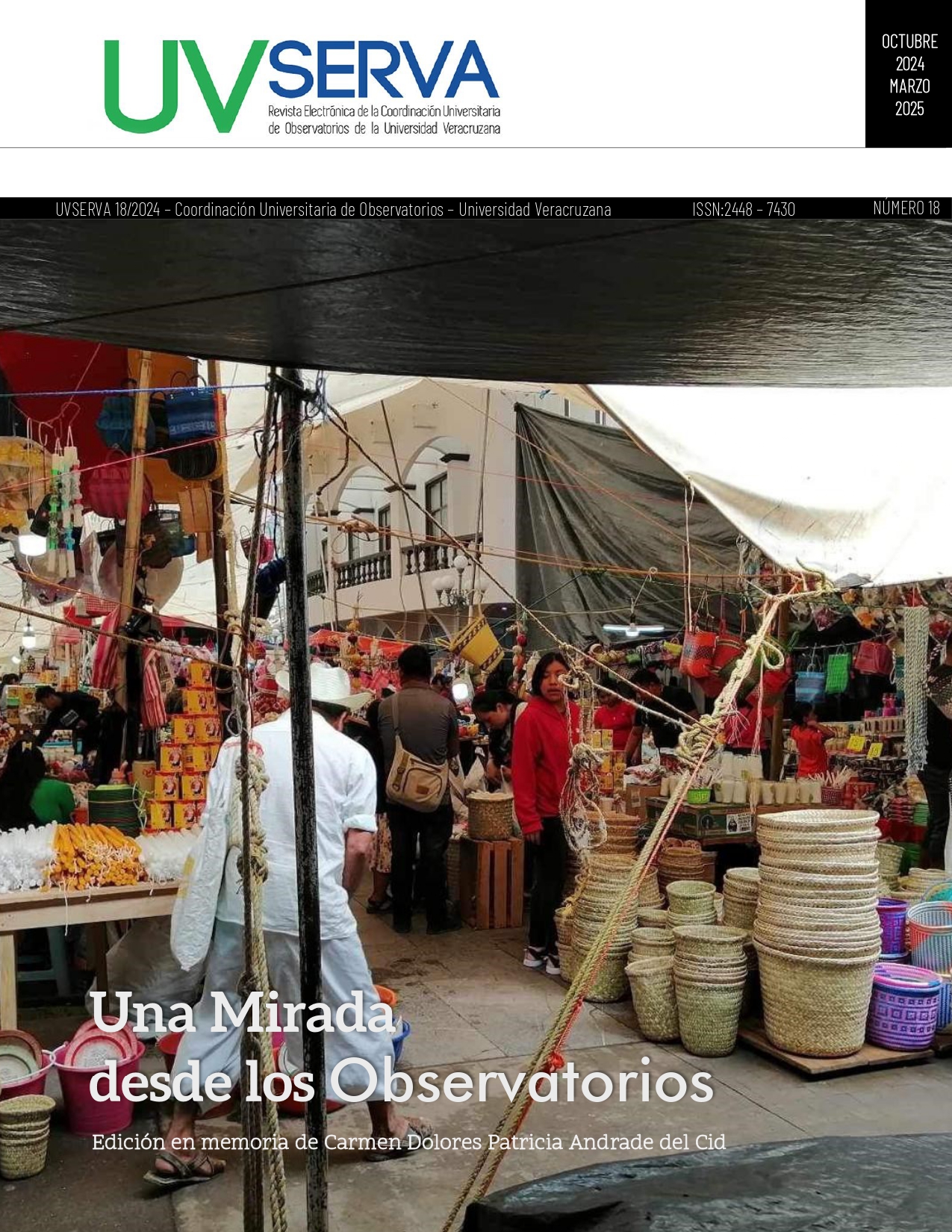Abstract
This exploratory study seeks to propose a language policy for large corporations in order help revitalize Indigenous languages in Mexico. Based on two focus groups, first with human resource managers, and then with Indigenous employees, the paper summarizes their comments on what companies can and should do to help preserve Indigenous languages. In addition, both groups examined a list of language practices developed by the Basque government to promote the use of Euskera in companies. By examining the ten practices most frequently mentioned by both groups, one can see the emergence of a language policy in the private firm that would be both feasible and helpful for fostering the use of Indigenous languages in the firm.
References
Ashby, W. R. (2017). Variety, constraint, and the law of requisite variety. In Systems Research for Behavioral Science (pp. 129-136). Routledge.
Barakos, E. (2016). Language policy and governmentality in businesses in Wales: A continuum of empowerment and regulation. Multilingua, 35(4), 361-391. https://doi.org/10.1515/multi-2015-0007
Bauer, N. (2021). How the teaching of indigenous languages among disparate multicultural groups in a South African corporate setting affect cohesion. Master's thesis, Faculty of Commerce, University of Cape Town). http://hdl.handle.net/11427/35642
Campos Garza, L. (2014). Monterrey, la ciudad que más discrimina en el país: Conapred. Proceso. 11 de agosto de 2014. Acceso por internet en https://www.proceso.com.mx/nacional/estados/2014/8/11/monterrey-la-ciudad-que-mas-discrimina-en-el-pais-conapred-135903.html
Castaño Molina, M. D. L. Á., Carrillo García, C., Martínez Roche, M., Arnau Sánchez, J., Ríos Risquez, M. I., & Nicolás Vigueras, M. (2017). Guía Práctica de Grupos de Discusión para principiantes. Murcia, España: Universidad de Murcia.
Charmaz, K. (2000). Grounded theory: Objectivist and constructivist methods, 509-535. Ipan Denzin N.K. and S.Lincoln (Eds), Handbook of Qualitative Research, 2nd ed. Thousand Oaks, CA: Sage, Thousand Oaks, CA.
Dhir, K. S., & Gòkè‐Paríolá, A. (2002). The case for language policies in multinational corporations. Corporate Communications: An International Journal, 7(4), 241-251. https://doi.org/10.1108/13563280210449822
Euskadi. (2023). Sector privado: Marco de referencia estándar (EME). Ipan teposmatlatl nikittak 11 tonalli tlen metztli agosto tlen 2023 xiwitl ipan https://www.euskadi.eus/marco-de-referencia-estandar-eme/web01-a2sekpri/es/
García Eudocia, J. N. 2011. Ma tikamatikaj nauatl (Hablemos náhuatl). Mexko: José Nicanor García Eudocia.
Hasler, A. 2011. Gramática moderna del nahua de la Huasteca. Mexko: Andrés Hasler.
Hays, D.G. and Singh, A.A. (2011), Qualitative Inquiry in Clinical and Educational Settings,
Guilford Press. New York, NY.
Heath, S. B. 1972. La política del lenguaje en México: De la colonia a la nación. Mexko Altepetl: Instituto Nacional Indígena.
Hornberger, N. H. (1998). Language policy, language education, language rights: Indigenous, immigrant, and international perspectives. Language in Society, 27(4), 439-458. https://doi.org/10.1017/S0047404500020182
INEGI. 2020. Instituto Nacional de Estadística, Geografía e Información. https://cuentame.inegi.org.mx/poblacion/lindigena.aspx
Lockhart, J. (2001). Nahuatl as written: Lessons in older written Nahuatl, with copious examples and texts. Palo Alto, CA: Stanford University Press.
Lonsmann, D., & Mortensen, J. (2018). Language policy and social change: A critical examination of the implementation of an English-only language policy in a Danish company. Language in Society, 47(3), 435-456. https://doi.org/10.1017/S0047404518000398
Marschan-Piekkari, R., Welch, D., & Welch, L. (1999). Adopting a common corporate language: IHRM implications. International Journal of Human Resource Management, 10(3), 377-390. https://doi.org/10.1080/095851999340387
Romaine, S. (2007). Preserving endangered languages. Language and Linguistics Compass, 1(1‐2), 115-132. https://doi.org/10.1111/j.1749-818X.2007.00004.x
Rumsfeld, D. (2011). Known and unknown: a memoir. London, UK: Penguin.
Sanden, G. R. (2020). Ten reasons why corporate language policies can create more problems than they solve. Current issues in Language Planning, 21(1), 22-44. https://doi.org/10.1080/14664208.2018.1553914
Stemler, S. (2001). An overview of content analysis. Practical Assessment, Research, and Evaluation, 7(1): 1-6. https://doi.org/10.7275/z6fm-2e34
Thomas, C. A. (2008). Bridging the gap between theory and practice: Language policy in multilingual organisations. Language Awareness, 17(4), 307-325. https://doi.org/10.1080/09658410802147295
Urla, J. (2012). Total quality language revival. Ipan Language in late capitalism, 73-92. Abingdon, Reino Unido: Routledge.
van der Worp, K., Cenoz, J., & Gorter, D. (2018). Multilingual professionals in internationally operating companies: Tensions in their linguistic repertoire? Multilingua, 37(4), 353-375. https://doi.org/10.1515/multi-2017-0074
Weick, K. E. (1984). Small wins: Redefining the scale of social problems. American Psychologist, 39(1), 40-49. https://doi.org/10.1037/0003-066X.39.1.40
Welch, C., & Piekkari, R. (2006). Crossing language boundaries: Qualitative interviewing in international business. Management International Review, 46, 417-437. https://doi.org/10.1007/s11575-006-0099-1
White, M. (2022). Managing corporate language diversity. Business Information Review, 39(2), 56-61. https://doi.org/10.1177/02663821221097205
Zander, L., Mockaitis, A. I., Harzing, A. W., Baldueza, J., Barner-Rasmussen, W., Barzantny, C., ... & Viswat, L. (2011). Standardization and contextualization: A study of language and leadership across 17 countries. Journal of World Business, 46(3), 296-304. https://doi.org/10.1016/j.jwb.2010.07.009

This work is licensed under a Creative Commons Attribution-NonCommercial 4.0 International License.
Copyright (c) 2024 Bryan W. Husted


